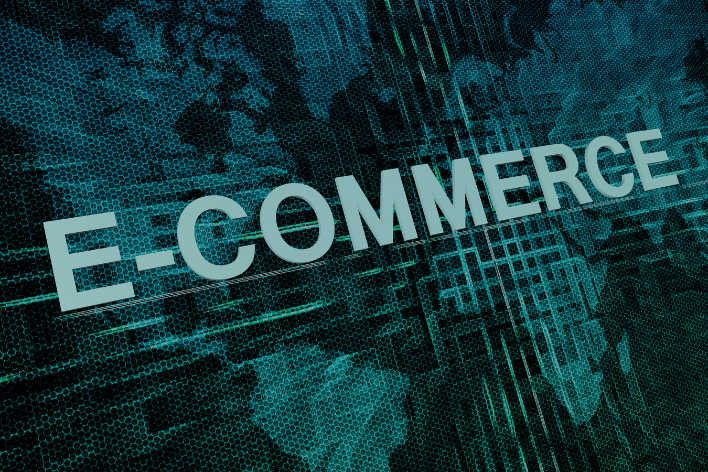E-commerce: A Comprehensive Explanation and Definition
Introduction to E-commerce
E-commerce, or electronic commerce, refers to the process of buying and selling goods and services over the internet. It has revolutionized the way businesses operate by allowing transactions to take place without the need for physical interaction. This transformation has been driven by advancements in technology, widespread internet access, and the growing preference for online shopping.
Definition of E-commerce
E-commerce is defined as the activity of electronically buying or selling products and services using the internet and online platforms. It encompasses a wide range of business models, including business-to-business (B2B), business-to-consumer (B2C), consumer-to-consumer (C2C), and consumer-to-business (C2B). The process typically involves electronic payments, digital marketing, logistics, and supply chain management.
Evolution and History of E-commerce
The origins of e-commerce date back to the 1960s, when businesses used Electronic Data Interchange (EDI) to share business documents. However, the real boom began in the 1990s with the rise of the internet and the launch of online marketplaces such as Amazon and eBay. Over the years, e-commerce has evolved with the advent of mobile commerce (m-commerce), social commerce, and artificial intelligence-driven shopping experiences.
Types of E-commerce
B2B (Business-to-Business): Transactions between businesses, such as wholesalers selling to retailers.
B2C (Business-to-Consumer): Businesses sell directly to consumers, as seen in online retail stores.
C2C (Consumer-to-Consumer): Consumers sell to other consumers via platforms like eBay and Craigslist.
C2B (Consumer-to-Business): Individuals offer products or services to businesses, such as freelance services.
D2C (Direct-to-Consumer): Manufacturers sell directly to customers, bypassing intermediaries.
B2G (Business-to-Government): Businesses provide services or products to government agencies.

Key Components of E-commerce
Online Storefronts and Marketplaces: Websites and platforms where buyers and sellers interact.
Payment Gateways: Secure systems that process online transactions.
Digital Marketing: Strategies like SEO, PPC, and social media marketing to attract customers.
Logistics and Fulfillment: Efficient delivery and return management.
Customer Service: Support systems including chatbots, helplines, and AI-driven solutions.
Cybersecurity: Protection of customer data through encryption and secure transactions.
Benefits of E-commerce
Convenience: Customers can shop 24/7 without geographical limitations.
Cost-effectiveness: Reduces the need for physical stores and lowers operational costs.
Wider Reach: Businesses can access a global audience.
Personalization: AI and data analytics allow for personalized shopping experiences.
Scalability: Businesses can expand without significant infrastructure investments.
Challenges in E-commerce
Security Risks: Cyber threats such as hacking and data breaches.
High Competition: The digital marketplace is highly competitive.
Logistics Issues: Managing deliveries and returns efficiently.
Customer Trust: Building trust requires secure payment systems and reliable service.
Legal and Taxation Issues: Varying regulations across different regions.
Future of E-commerce
The future of e-commerce includes advancements such as AI-driven recommendations, voice commerce, drone deliveries, and blockchain for secure transactions. Augmented reality (AR) and virtual reality (VR) are also expected to enhance the shopping experience.
Conclusion
E-commerce has transformed the business landscape by offering innovative and efficient ways to conduct transactions. With continuous technological advancements, it is poised to grow further, making online shopping more secure, personalized, and convenient for businesses and consumers alike.
